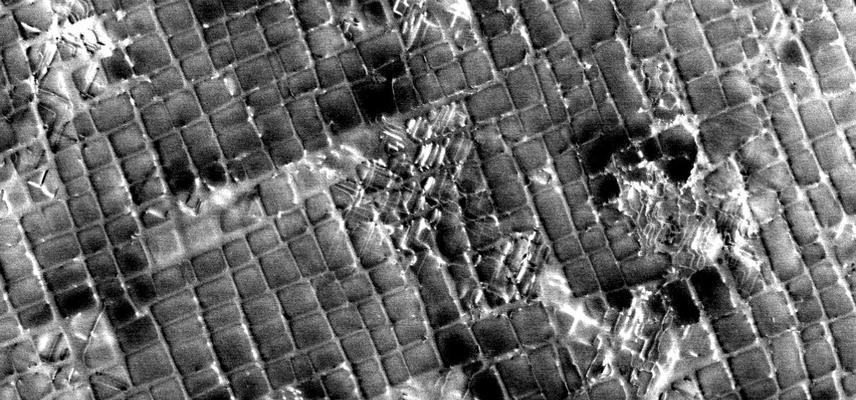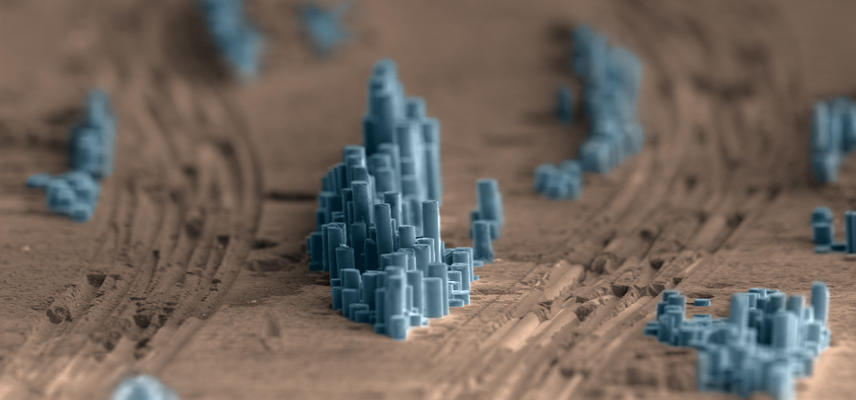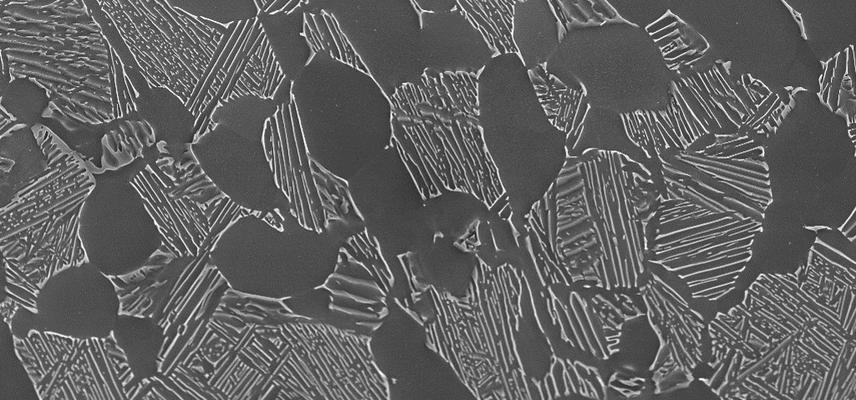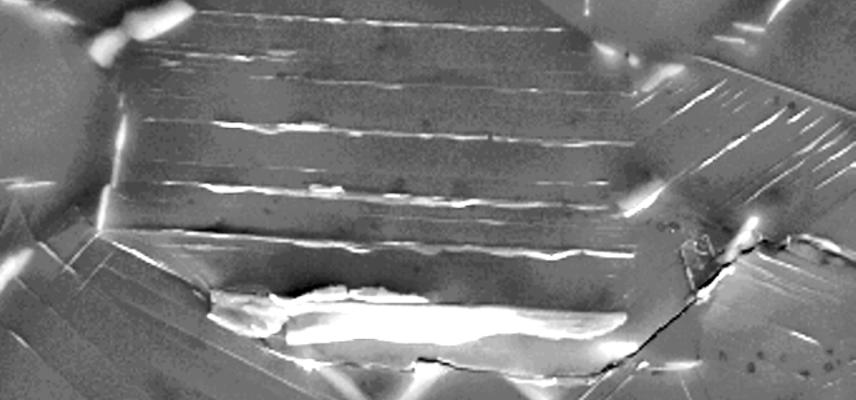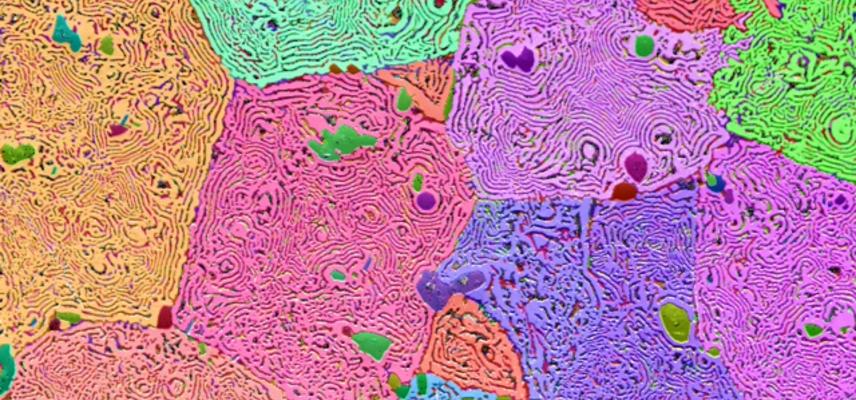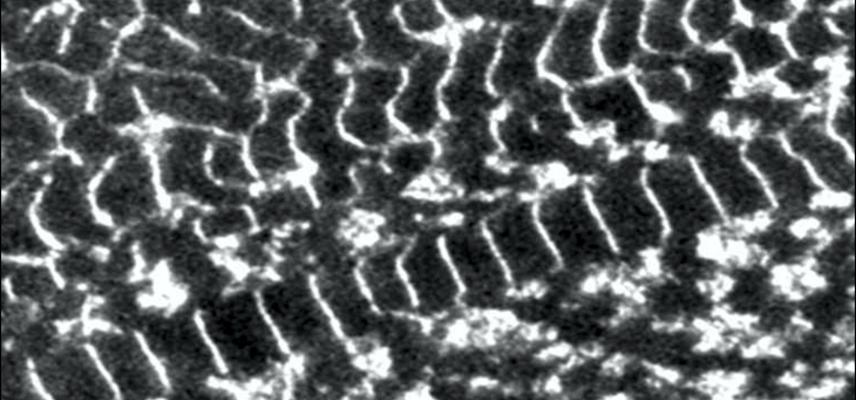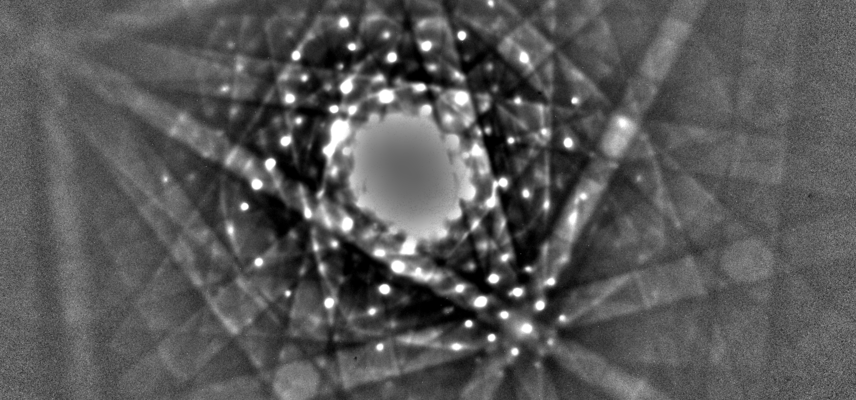Home
SiC-SiC Fibre Composite
Ti64 Bimodal Microstructure
Fatigued Ni - extrusions and crack initiation
High Entropy Alloy
Persistent Slip Band in Fatigued Cu
TKD map of SiC-SiC
Transmission Kikuchi Diffraction
Oxford Micromechanics Group
The Oxford Micromechanics Group are interested in how materials (engineered and naturally occurring) respond, at the microstructural level, to externally applied loading - mechanical, thermal, and/or environmental (chemical, irradiation). The complex patterning of local stress and strain distributions and how they evolve, and are linked to particular aspects of the microstructure, provides many fascinating intellectual challenges. Technical impact comes from building sound understanding and models of how materials fail. This is central to setting safe performance windows, and developing new alloys and microstructures with greater capability.
Our centre of mass is in the Department of Materials, but we also span across to the Department of Engineering Science and Department of Earth Science. We work on a range of materials systems including those for nuclear, aerospace, and automotive sectors, as well minerals. We also have made significant contributions to development of new testing and characterisation methods allowing us to gain new insights.



